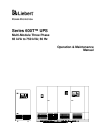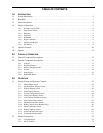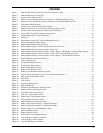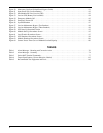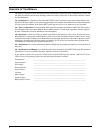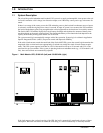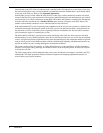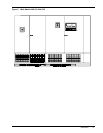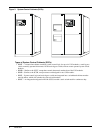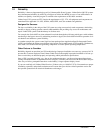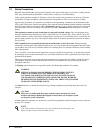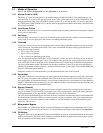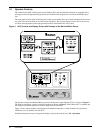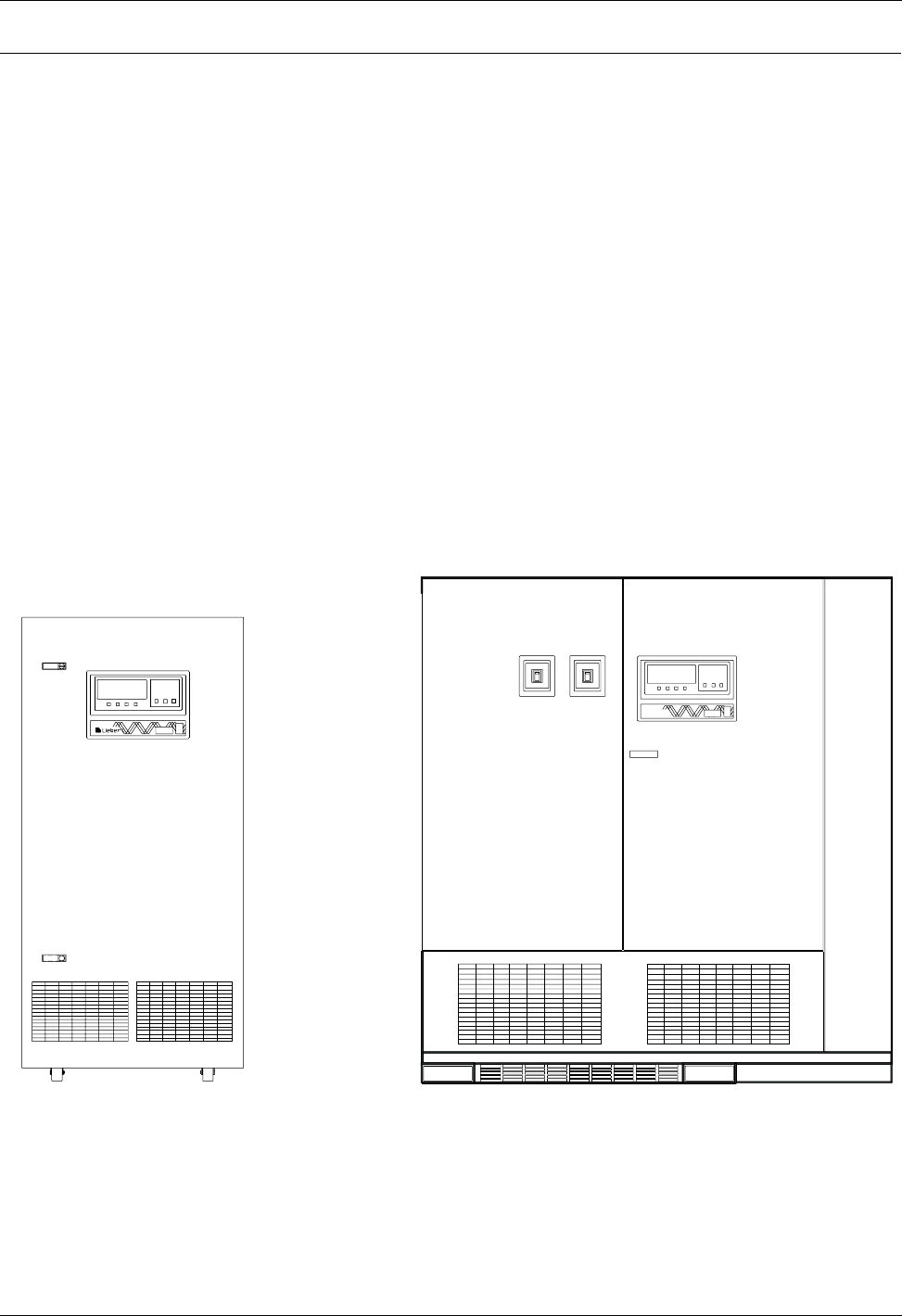
Introduction 3
1.0 INTRODUCTION
1.1 System Description
The role of the parallel-redundant multi-module UPS system is to supply uninterruptible, clean power to the crit-
ical load. It maintains a full-voltage, low-distortion output, even if the utility source power sags or becomes dis-
torted.
If there is an outage of the source power, the UPS maintains power to the load until an alternate source of power
is activated, or until the original power source is restored. If input AC power is not restored, the UPS maintains
the load (with the battery plant) long enough that the critical equipment can be shut down in an orderly manner.
The Series 600T UPS module displays the rate of battery discharge and calculates the amount of battery time
remaining based on the actual connected load. The time that the battery will maintain the load depends on the
capacity of the battery backup plant and the size of the load.
The system control logic automatically manages critical bus operation. System logic is resident in Application
Specific Integrated Circuits (ASICs) for precise control and improved reliability.
If the critical load current exceeds the rated load of the Series 600T UPS system, the control logic determines the
magnitude of the overload and reacts appropriately. Overloads are usually the result of inrush current require-
ments. The UPS system supports loads that are 150% of the rated load for up to 30 seconds and 125% of the
rated load for up to ten minutes. If the system is operating in the non-redundant mode (e.g., a UPS module is off
line), the overload limits are automatically adjusted.
Figure 1 Multi-Module UPS, 65-80 kVA (left) and 100-500 kVA (right)
If the load surpasses the overload capacity of the UPS, the load is automatically transferred to bypass without
interruption. When the load returns to within the UPS rating, it is either automatically or manually returned



